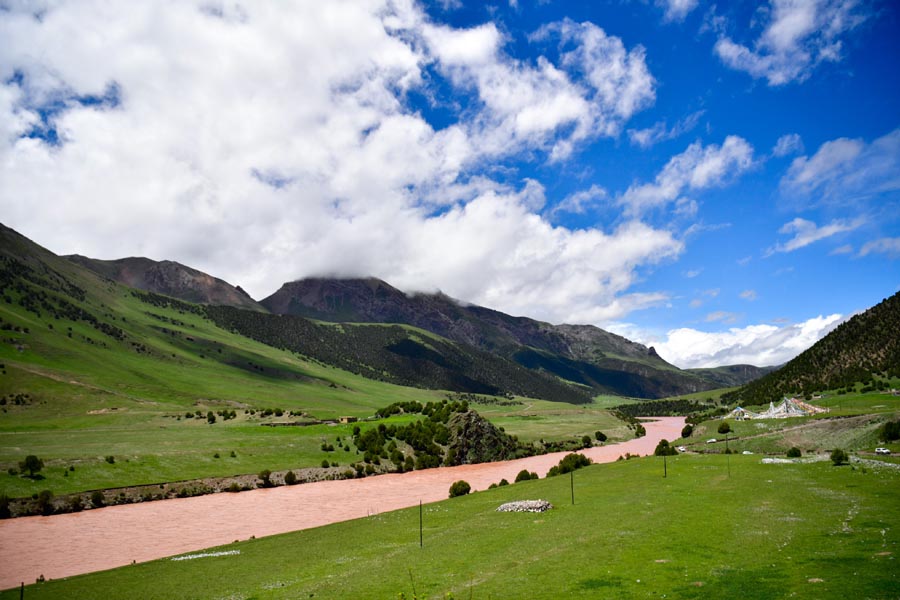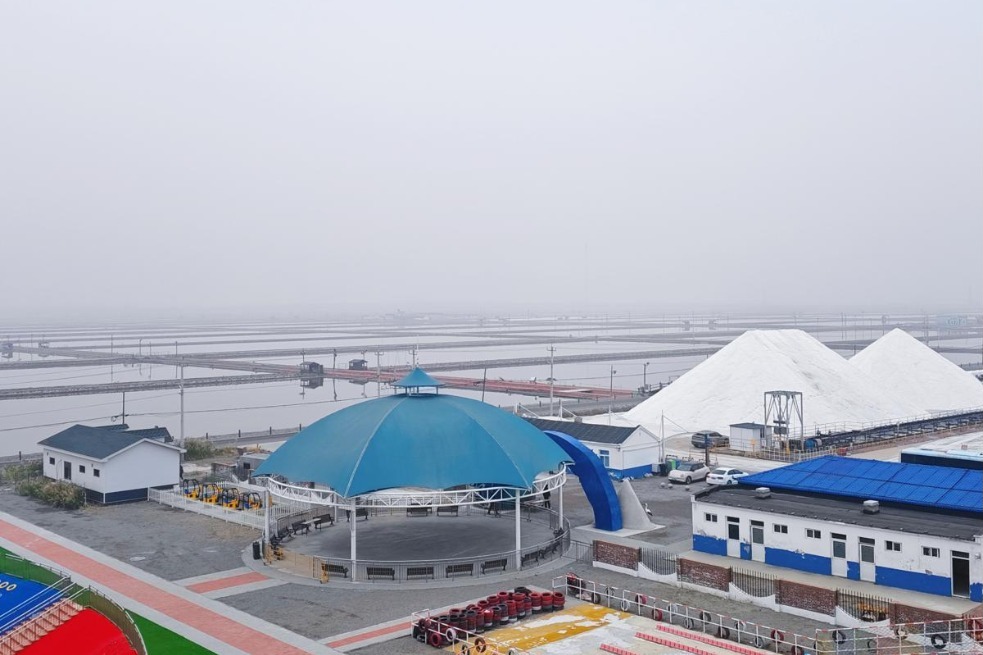10 new national park candidates await approval from evaluations


China's 10 candidates for new national parks are being evaluated, and results will be announced in late October, the National Forestry and Grassland Administration revealed on Wednesday.
Those that fail the evaluations will have to wait for a new round of selections in the future, said Tian Yongchen, deputy director of the administration's national park management office.
In 2013, China put forward the establishment of a national park system that aimed to set up a batch of national parks and form a unified management system by 2020.
In 2015, the country officially announced 10 pilot parks covering a total of 215,000 square kilometers, about 2.2 percent of the country's land area. All of the parks will have finished construction by the end of this year.
Construction of the national parks, part of China's comprehensive strategy of improving the environment and achieving its goal of becoming an ecological civilization, has seen significant achievement in ecological and wildlife protection, according to the administration.
In Northeast China Tiger and Leopard National Park, both the Siberian tiger and Amur leopard-two species listed as critically endangered in the International Union for Conservation of Nature's Red List-have seen populations increase, with 10 Siberian tiger and six Amur leopard cubs born in the past three years, according to Zhao Li, head of the park's management bureau.
The Three-River-Source National Park, the first listed as a candidate, has boosted the local economy by encouraging local herdsmen to become ecological conservationists in their habitants.
He Wancheng, head of the park's management bureau, said more than 17,200 families living in the park have had one member become an ecological conservationist, making an extra income of 20,000 yuan ($2,880) for their families each year.
However, there are still challenges in the construction of the national parks.
For example, conflicts between local residents and the increasing number of Siberian tigers and Amur leopards have grown in recent years, according to Zhao.
Further, in Giant Panda National Park-which spans 27,134 sq km across Shaanxi, Gansu and Sichuan provinces-a cross-regional management system has yet to be established, according to Xiang Kewen, head of the park's management bureau.
Yin Weilun, an academician of the Chinese Academy of Engineering, suggested that more investments should be made to support scientific research and technology facilities in the panda park, especially in the park's core protected area where human activities are strictly limited.
He also emphasized the importance of the role that the national parks should play in terms of public education about protecting nature, which will encourage more participation by the general public.
According to Tian, the administration will release several documents in the coming months, including the standards for national parks, the national parks' space management plan, and also the national parks' surveillance and technical support system, further contributing to the national parks construction.
- Xi attends carrier's commissioning
- Senior Xi'an official facing probe by China's anti-corruption watchdogs
- Philippines risks creating trouble for itself: China's defense ministry
- Newborn with congenital heart disease receives life-saving surgery in Yunnan
- Hong Kong charity signs diplomatic talent deal with Beijing university
- Aircraft carrier Fujian, commissioned




































